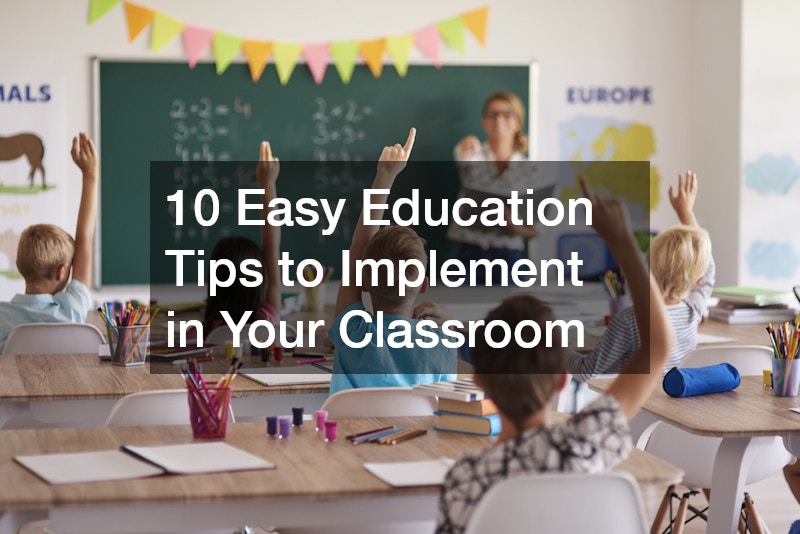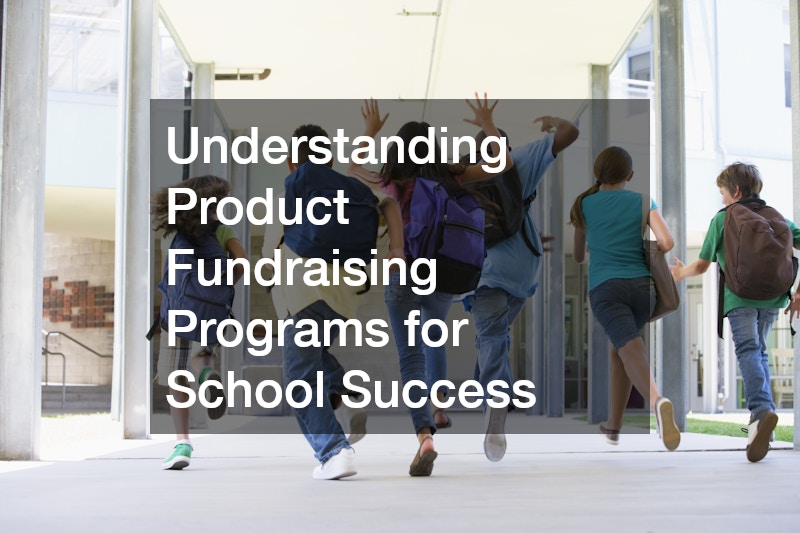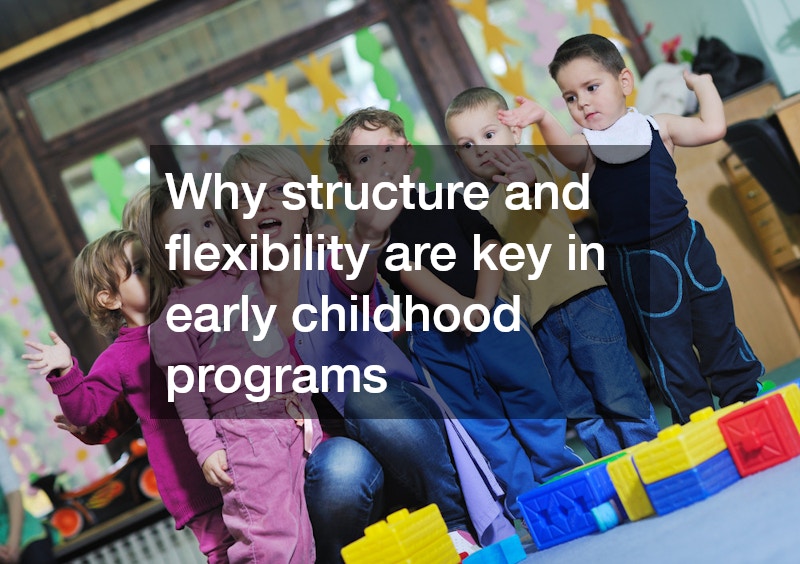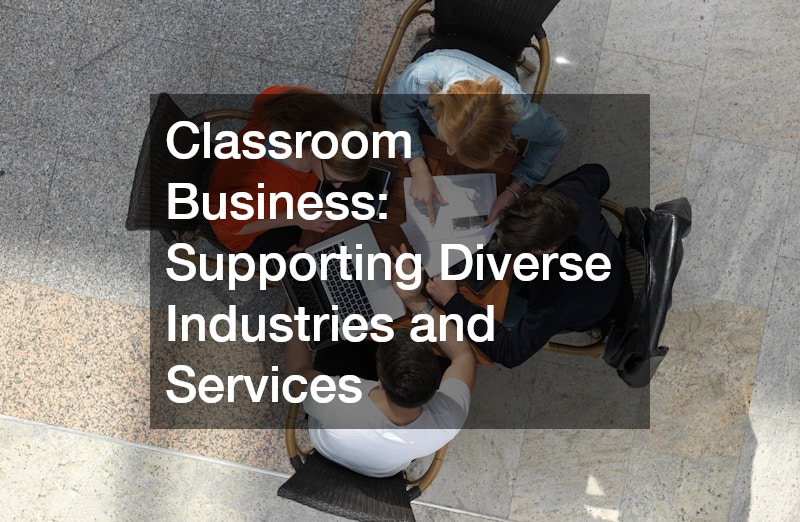
Education is a cornerstone of modern society, shaping the minds and futures of the next generation. As educational paradigms shift to keep pace with an ever-evolving world, it’s more important than ever to employ effective strategies that cater to diverse learning styles. Traditional methods no longer suffice in a landscape rich with technological advancements and varying student needs. By integrating hands-on activities, differential instruction, and technology, educators can create a more inclusive and effective learning environment. This article explores various practical techniques, ranging from project-based learning to gamification, that can significantly enhance the educational experience. The goal is to offer insights and actionable methods that can be adopted by schools and educators to better engage students and make learning more efficient and enjoyable. In doing so, we imbue students with not just knowledge, but also real-world skills and emotional intelligence, preparing them for future challenges.
Education is a cornerstone of modern society, shaping the minds and futures of the next generation. As educational paradigms shift to keep pace with an ever-evolving world, it’s more important than ever to employ effective strategies that cater to diverse learning styles. Traditional methods no longer suffice in a landscape rich with technological advancements and varying student needs. By integrating hands-on activities, differential instruction, and technology, educators can create a more inclusive and effective learning environment.
This article explores various practical techniques, ranging from project-based learning to gamification, that can significantly enhance the educational experience. Project-based learning allows students to work on real-world problems, fostering critical thinking and collaboration. By engaging students in projects that mirror real-life scenarios, teachers can help them develop not only academic knowledge but also problem-solving and teamwork skills, which are essential for their future careers.
Gamification is another strategy that has gained popularity in recent years. By incorporating game-like elements such as rewards, challenges, and progress tracking, educators can motivate students to actively participate in their learning. Gamification taps into students’ natural love for games, making learning fun while encouraging persistence and goal-setting. This approach is particularly effective for students who struggle with traditional teaching methods.
The goal is to offer insights and actionable methods that can be adopted by schools and educators to better engage students and make learning more efficient and enjoyable. In doing so, we imbue students with not just knowledge, but also real-world skills and emotional intelligence, preparing them for future challenges. Tailoring instruction to the needs of the modern learner is essential for fostering a generation of well-rounded, adaptable, and creative thinkers.
1. Use Practical Techniques

One of the best ways to make education more effective is to use practical techniques that provide real-world experience. A local beauty school, for example, offers students hands-on training in cosmetology, helping them to acquire skills that are directly applicable to their future careers. This kind of approach provides a seamless transition from theory to practice, making education more engaging and effective. By giving students multiple opportunities to practice the techniques they learn in the classroom, they are set up to be successful in the real world. Sharing practical techniques with students is a great education strategy for teachers to implement.
Incorporating practical techniques in education doesn’t have to be complicated. Many schools have found success with easy education strategies that integrate simple hands-on activities. These strategies can be applied to various subjects, ensuring that students not only understand theoretical concepts but also their practical applications.
Real-world practice is vital for preparing students for future careers. By providing opportunities such as internships, local beauty school training, and apprenticeships, educators can help students gain valuable experience that will benefit them long after they leave the classroom.
2. Give Students Hands-On Activities
Hands-on activities are essential for student engagement and retention of information. A Montessori school, for example, emphasizes experiential learning where students interact with materials to understand concepts. This method encourages curiosity and fosters a deeper understanding of subject matter.
Easy education techniques that include hands-on activities can be incredibly beneficial for students. These activities can range from simple classroom experiments to more elaborate projects that require critical thinking and problem-solving skills. The key is to make learning interactive and engaging.
By incorporating hands-on activities into the curriculum, educators can provide a more dynamic and effective learning environment. Whether through science experiments, art projects, or even local beauty school workshops, hands-on learning helps students retain information better and fosters a love for learning.
3. Request Parent Volunteers
Parents play a crucial role in the educational journey of their children. By requesting parent volunteers, schools can create a more supportive and enriched learning environment. Parent volunteers can assist with various school activities, ranging from classroom help to organizing events.
Having caregivers involved in the educational process can significantly enhance the learning experience. Caregivers bring in a wealth of knowledge and experience that can benefit students in numerous ways. Their active participation can also foster a stronger school community.
Parent volunteers can contribute to easy education by providing additional support during hands-on activities or field trips. Their involvement can make complex tasks more manageable and help students gain a broader perspective. By leveraging the skills and experiences of caregivers, schools can offer a more comprehensive educational experience.
4. Differential Instruction

Differential instruction is an educational approach that tailors teaching methods to meet the diverse needs of students. An educational construction service, for instance, can offer customized learning plans that cater to the individual strengths and weaknesses of each student. This personalized approach ensures that all students receive the support they need to succeed.
Easy education techniques that incorporate differential instruction can be highly effective. By assessing the unique needs of each student, educators can develop targeted strategies that enhance learning outcomes. This approach can be particularly beneficial for students with learning disabilities or those who require additional support.
Implementing differential instruction in the classroom can significantly improve student performance. By using tools such as assessments and educational construction services, teachers can create a more inclusive and effective learning environment. This tailored approach ensures that all students have the opportunity to thrive academically.
5. Project-Based Learning
Project-based learning is an innovative approach that encourages students to engage in real-world projects. A local welding apprenticeship, for example, provides students with practical skills and experience in a specific trade. This method fosters critical thinking, problem-solving, and collaboration skills.
Easy education strategies that incorporate project-based learning can make the learning process more engaging and meaningful. Students are given the opportunity to work on projects that interest them, making the learning experience more enjoyable and impactful.
By integrating project-based learning into the curriculum, educators can help students develop practical skills that are directly applicable to their future careers. Whether through a local welding apprenticeship or other hands-on projects, this approach prepares students for real-world challenges and opportunities.
6. Gamification
Gamification is a powerful tool for making education more engaging and fun. By incorporating elements of game design into the learning process, educators can motivate students and enhance their learning experience. Programs like a homeless teen program can benefit from gamification by making learning more accessible and enjoyable for at-risk youth.
Easy education techniques that involve gamification can be highly effective. By using game-based learning tools, educators can create an interactive and stimulating learning environment. This approach can also help students develop essential skills such as problem-solving and teamwork.
Gamification can be a valuable addition to any educational program. Whether through educational games, competitions, or reward systems, this approach can make learning more enjoyable and effective. By leveraging the principles of game design, educators can create a more dynamic and engaging learning experience.
7. Health Check-Ins

Regular health check-ins are essential for maintaining the overall well-being of students. A kids eyeglasses store, for example, can provide vision screenings to ensure that students have the necessary tools to succeed in the classroom. These check-ins can help identify any health issues that may affect a student’s ability to learn.
Easy education strategies that incorporate health check-ins can significantly improve student performance. By addressing health concerns early on, educators can ensure that students are physically and mentally prepared for the learning process. This holistic approach supports the overall well-being of students.
Health check-ins can be a valuable addition to any educational program. Whether through regular visits to a kids eyeglasses store or routine health screenings, these check-ins can help ensure that students are in optimal health for learning. By prioritizing the well-being of students, educators can create a more supportive and effective learning environment.
8. Teamwork
Teamwork is a crucial skill that can enhance the educational experience. Activities that promote teamwork can help students develop essential social and collaboration skills. A pediatric dentist, for example, works closely with a team to provide comprehensive care for young patients, demonstrating the importance of teamwork in professional settings.
Easy education techniques that incorporate teamwork can be highly effective. By encouraging students to work together on projects and activities, educators can foster a sense of community and support. This approach can also help students develop important interpersonal skills.
Incorporating teamwork into the curriculum can significantly enhance the learning experience. Whether through group projects, team-building activities, or collaborative assignments, this approach can help students develop essential skills that will benefit them in both academic and professional settings. By promoting teamwork, educators can create a more inclusive and supportive learning environment.
9. Use Technology to Your Advantage
Technology can be a powerful tool for enhancing the educational experience. By incorporating digital tools and resources into the curriculum, educators can create a more dynamic and interactive learning environment. An arcade, for example, uses technology to provide an engaging and fun experience, which can be applied to educational settings as well.
Easy education strategies that utilize technology can be highly effective. By using tools such as digital textbooks, online resources, and interactive software, educators can make learning more accessible and engaging. This approach can also help students develop essential digital literacy skills.
Using technology to your advantage can significantly enhance the educational experience. Whether through virtual classrooms, educational apps, or interactive games, technology can make learning more enjoyable and effective. By integrating digital tools into the curriculum, educators can create a more innovative and engaging learning environment.
10. Storytelling to Inspire

Storytelling is a powerful tool for inspiring and engaging students. By incorporating storytelling into the curriculum, educators can make learning more relatable and meaningful. A vet, for example, can use stories about their experiences to teach students about animal care and medical procedures, making the subject matter more interesting and accessible.
Easy education techniques that involve storytelling can be highly effective. By using narratives to explain complex concepts, educators can help students better understand and retain information. This approach can also make learning more enjoyable and impactful.
Incorporating storytelling into the curriculum can significantly enhance the educational experience. Whether through personal anecdotes, historical narratives, or fictional stories, this approach can make learning more engaging and memorable. By using storytelling to inspire, educators can create a more dynamic and effective learning environment.
In conclusion, the integration of various practical techniques and innovative strategies can significantly enhance the educational experience. From hands-on activities in a local beauty school to differential instruction through educational construction services, there are numerous ways to make learning more effective and engaging. Project-based learning and gamification add layers of interactivity and real-world application, while health check-ins and teamwork foster a supportive and holistic learning environment. The use of technology further enriches the educational landscape by making resources more accessible and engaging. Storytelling, on the other hand, brings lessons to life and makes them more relatable. Each of these methods contributes to a more inclusive, dynamic, and effective educational framework. As we continue to adapt to the evolving needs of students, these strategies will be invaluable in preparing them for future success. By implementing these approaches, educators can foster a love for learning, equipping students with the skills and knowledge they need to thrive in an ever-changing world. The key to successful education lies in its ability to evolve, engage, and inspire, ensuring that every student has the opportunity to succeed.


